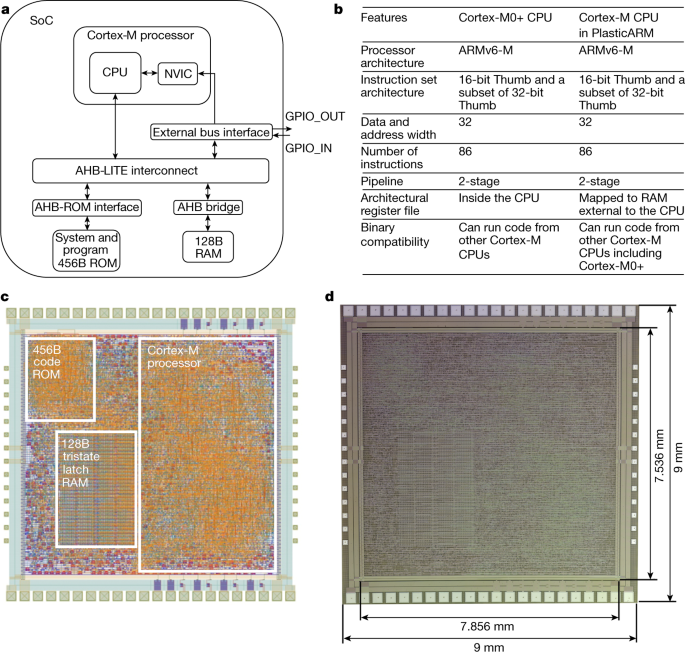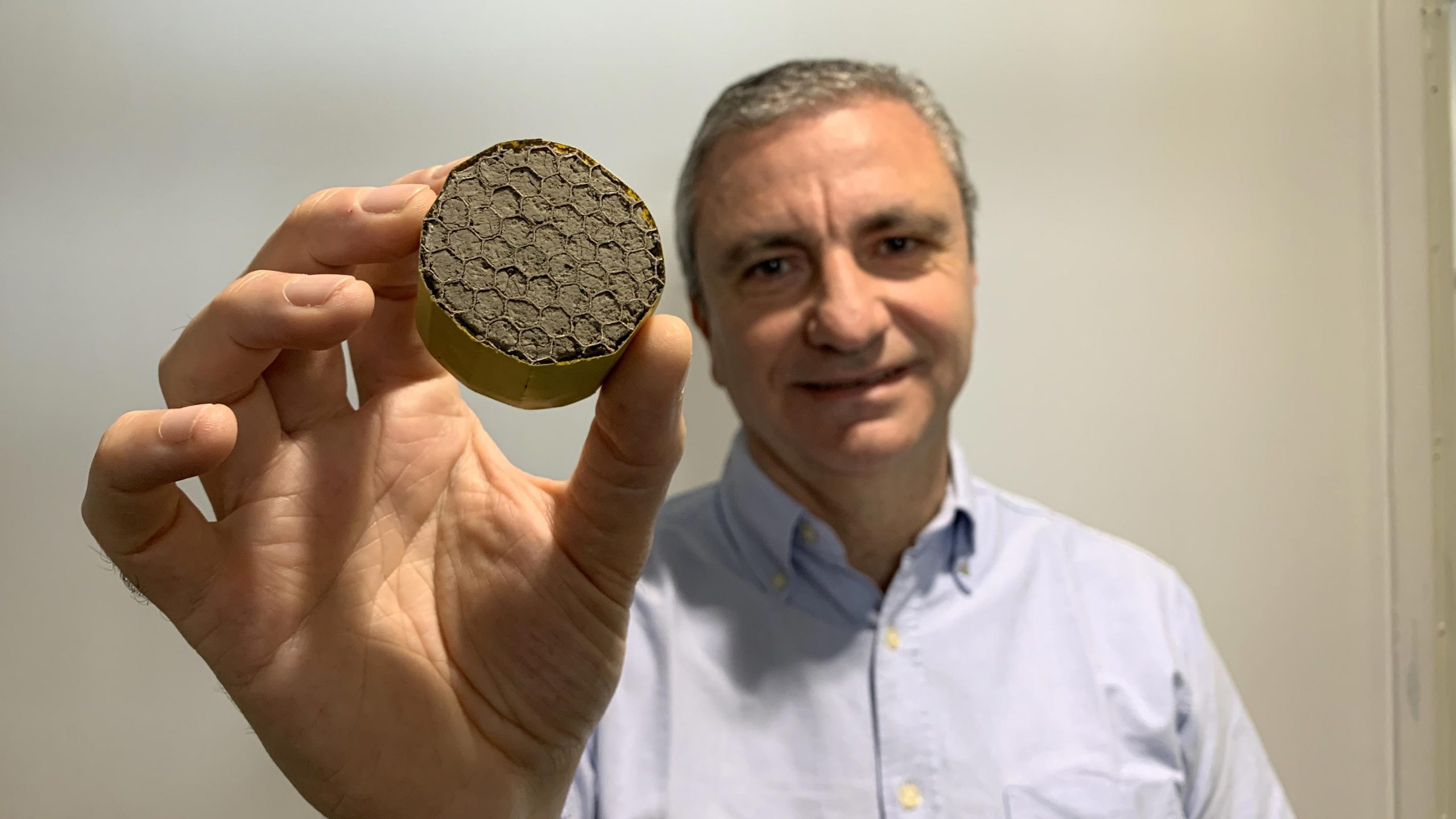
Nature Methods. Technique developed to detect brain metastases in mice using an ultra-thin light probe
From the left: Elena Cid and Liset Menéndez de la Prida (Instituto Cajal CSIC), Manuel Valiente and Mariam Al-Masmudi (CNIO) / Pilar Quijada. CSIC
The Spanish National Cancer Research Centre (CNIO) and the Spanish National Research Council (CSIC) are part of the international consortium NanoBright, which has developed this new tool.
The probe reaches deep into the brain without causing appreciable damage, making it minimally invasive. It projects an ultra-thin beam of light.
The light from the probe illuminates nerve tissue, providing information about its chemical composition. This makes it possible to detect molecular changes caused by tumours or other lesions.
This "molecular flashlight" is currently a research tool, but researchers hope it will be used on patients in the future. The study is published in 'Nature Methods'.
Monitoring molecular changes in the brain caused by cancer and other neurological pathologies in a non-invasive way is one of the major challenges in biomedical research. A new experimental technique has achieved this by introducing light into the brains of mice using an ultra-thin probe. The study is published today in the journal Nature Methods by an international team that includes groups from the Spanish National Cancer Research Centre (CNIO) and the Spanish National Research Council (CSIC).























